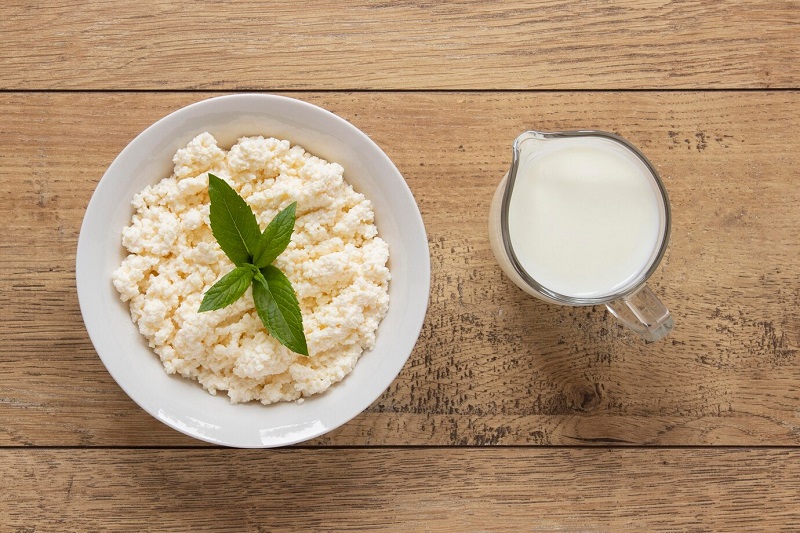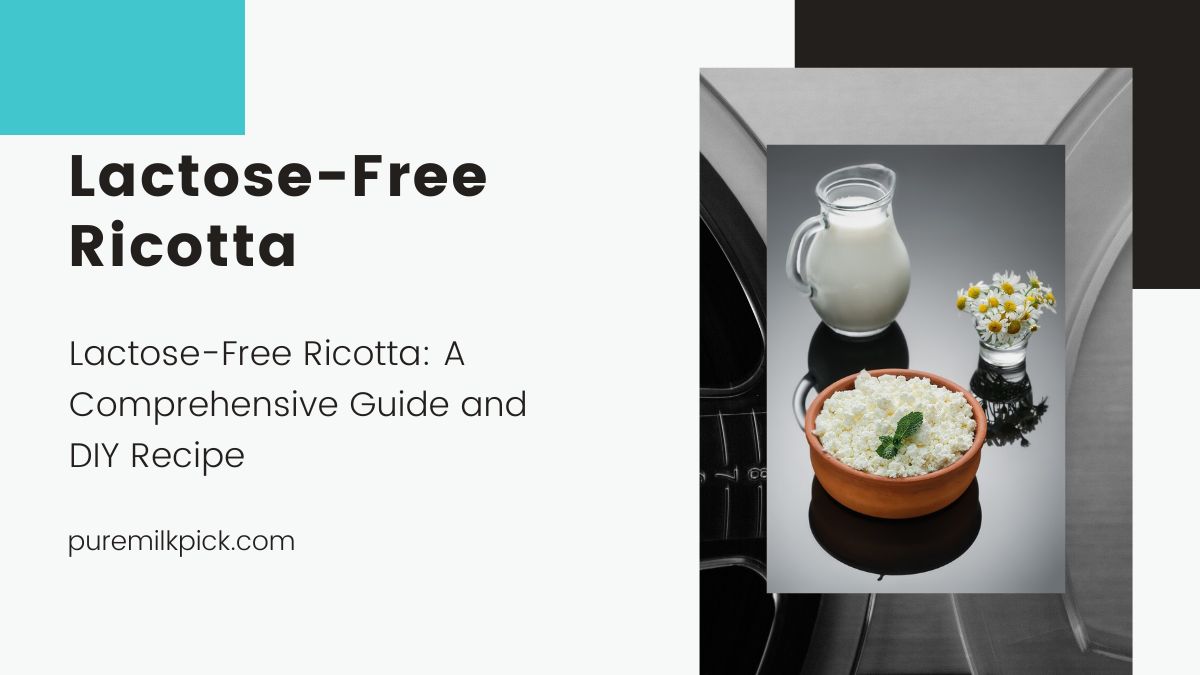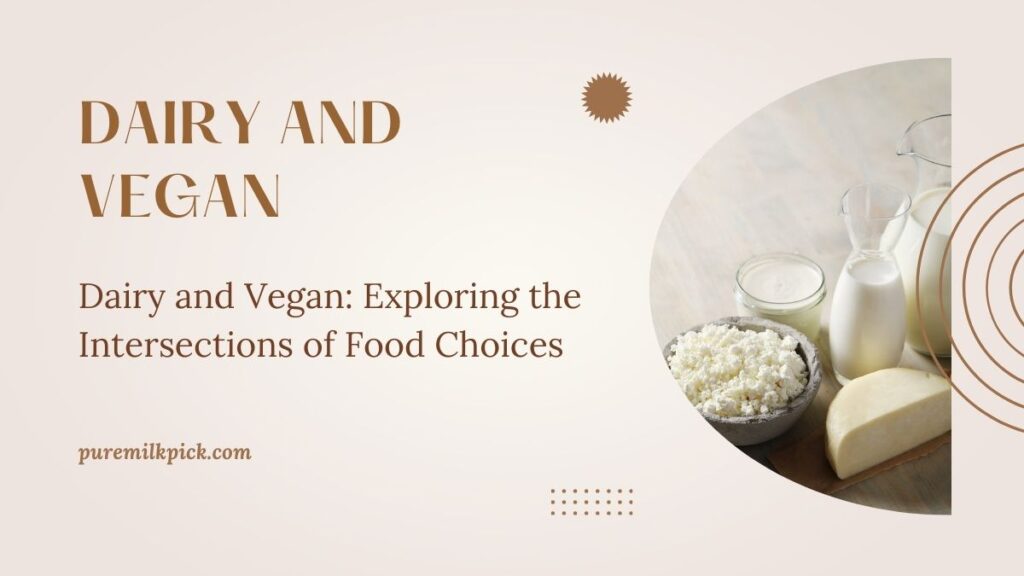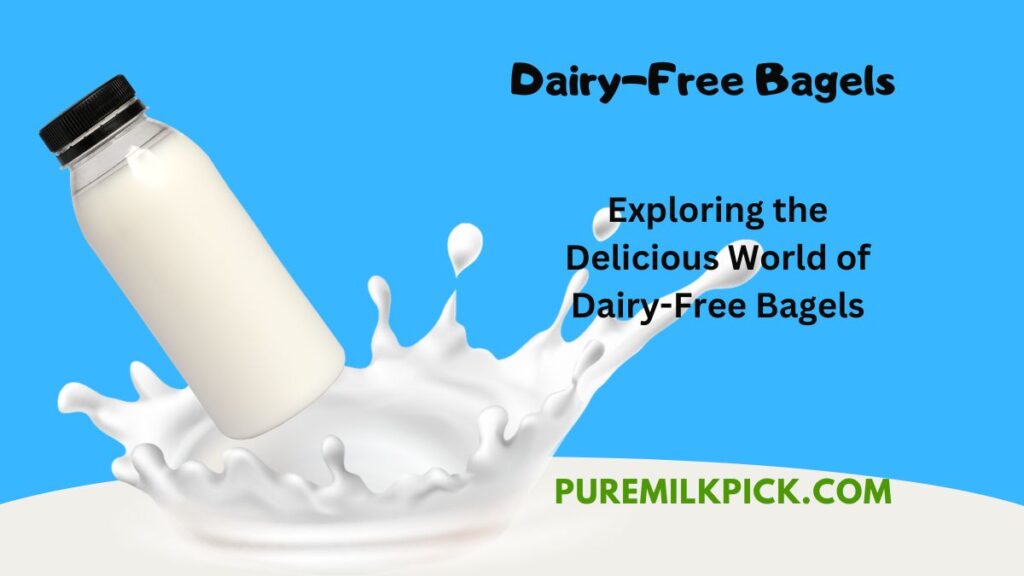Ricotta cheese, with its rich, creamy texture and slightly sweet taste, is a beloved staple in many culinary traditions, particularly Italian cuisine. Originating from the leftover whey in cheese-making processes, Ricotta is a versatile cheese that can be used in a range of dishes, from decadent desserts to hearty lasagna.
In recent years, there has been a significant rise in the demand for lactose-free products. This trend is driven by an increasing number of individuals identifying as lactose intolerant or opting for a dairy-free diet for health and personal reasons. Recognizing this shift, dairy manufacturers have been tasked with creating lactose-free alternatives without compromising flavor.
Enter lactose-free Ricotta, a game-changer in the dairy-free space that caters to the needs of lactose-intolerant cheese lovers. By employing innovative techniques to remove or break down lactose, manufacturers have been successful in producing lactose-free Ricotta, enabling individuals with lactose intolerance to relish the delightful world of Ricotta without experiencing discomfort or digestive issues.
Understanding Lactose Intolerance
What is lactose intolerance?
Lactose intolerance is a common digestive disorder where the body is unable to fully digest lactose, a sugar found in milk and other dairy products. This intolerance stems from a lactase deficiency, the enzyme responsible for breaking down lactose in our bodies.
How lactose intolerance affects individuals
Individuals with lactose intolerance often experience digestive issues such as bloating, diarrhea, and abdominal cramps when they consume dairy products. The severity of these symptoms can vary from person to person, depending on the level of lactase deficiency.
Importance of lactose-free alternatives in diets
In light of these difficulties, the importance of lactose-free alternatives in diets cannot be overstated. They not only allow lactose-intolerant individuals to enjoy dairy products without discomfort but also provide them with essential nutrients like calcium and vitamin D, which are often found in dairy. Lactose-free alternatives are crucial for maintaining balanced diets and ensuring optimal health for those with lactose intolerance.
In the next section, we’ll delve into the process of making lactose-free Ricotta and how it retains the beloved flavor and texture of traditional Ricotta. Stay tuned.
Read More: Is Baileys Vegan? Discover the Truth
What is Lactose-Free Ricotta?
Definition and composition
Lactose-free ricotta is an innovative dairy product designed to emulate the characteristics of traditional Ricotta while being devoid of lactose. It is made from milk that has been processed to remove lactose or break it down into more digestible sugars. The composition remains largely similar to the original Ricotta, with the only key difference being the absence of lactose.
Production process and key ingredients
The production process for lactose-free Ricotta involves introducing lactase enzyme to the milk before the cheese-making process begins. The lactase enzyme breaks down lactose into two simpler sugars, glucose and galactose, which are easier to digest. Apart from this modification, the remaining steps largely mimic the traditional cheese-making process, ensuring the end product retains the classic Ricotta taste and texture.
Nutritional profile and benefits
Nutritionally, lactose-free Ricotta offers similar benefits to its traditional counterpart. It is a rich source of protein, which is essential for tissue repair and muscle growth. It also boasts a high content of calcium and vitamin B12. The only significant nutritional difference is the absence of lactose, making it a suitable choice for those with lactose intolerance or sensitivity. Therefore, lactose-free Ricotta can be a beneficial addition to a balanced diet, offering the nutritional advantages of regular dairy products without the potential digestive discomfort.

Benefits of Lactose-Free Ricotta
Suitable for individuals with lactose intolerance
The benefits of lactose-free Ricotta extend beyond its suitability for individuals with lactose intolerance. One of the main advantages is its rich nutritional profile. As this cheese is packed with protein and essential nutrients like calcium and vitamin B12, it can play an integral role in balanced diets. These nutrients are vital for our bodies, aiding in processes such as tissue repair, muscle growth, and bone health.
Moreover, lactose-free Ricotta doesn’t compromise on flavor or texture, making it a versatile ingredient in culinary applications. It can easily replace traditional Ricotta in a variety of recipes, allowing lactose-intolerant individuals to enjoy a wide range of dishes they might have otherwise had to avoid. From traditional lasagna to sweet treats like cheesecake and cannoli, the possibilities with lactose-free Ricotta are endless. It is indeed a game-changer in the world of dairy-free options, providing a blend of health benefits, culinary versatility, and, most importantly, the joy of indulging in a much-adored cheese without fear of digestive discomfort., creamy pasta,
How to Use Lactose-Free Ricotta in Cooking
Substitution in traditional recipes
Lactose-free ricotta is a versatile ingredient and can be used as a straight swap for traditional Ricotta in various recipes. Whether it’s a classic lasagna, stuffed shells, or a delectable dessert, the lactose-free version ensures you can enjoy these dishes without the associated discomfort of consuming lactose.
Culinary uses and recipe ideas (e.g., lasagna, stuffed shells, desserts)
Lasagna is a wonderful dish to start with. Replace the traditional Ricotta with the lactose-free version in your lasagna recipe. This swap doesn’t alter the taste or texture, ensuring you get to enjoy the cheesy layers of pasta and sauce just as you would with regular Ricotta.
Stuffed shells are another fantastic recipe to try. The creamy, cheesy filling of Ricotta, typically used in stuffed shells, can easily be substituted with lactose-free Ricotta. Combine it with your favorite herbs and spices, stuff it into the pasta shells, layer with marinara sauce, bake, and voila! You have a comforting, lactose-free meal.
When it comes to dessert, think Ricotta cheesecake or cannoli. Again, replace the traditional Ricotta with the lactose-free variant in your dessert recipes. The result is a sweet treat that’s just as delightful but without the lactose.
Tips for incorporating lactose-free ricotta into everyday meals
If you’re looking for everyday meal ideas, lactose-free Ricotta can be a great addition too. Use it as a spread on toast, mix it into your scrambled eggs for added creaminess, or add a dollop onto your soups and stews. With lactose-free Ricotta, meal possibilities are virtually endless.
Remember, while lactose-free Ricotta is a fantastic alternative for those with lactose intolerance, it’s also a great option for anyone looking to explore different dietary options without compromising on flavor.
Popular Brands and Availability
Several brands in the market produce lactose-free Ricotta, each with its unique selling point. Green Valley Creamery is a popular choice, known for its lactose-free and organic dairy products. Their lactose-free Ricotta is rich, creamy, and perfect for both cooking and baking. Another well-known brand is Lactaid, which offers a range of lactose-free dairy products. Their Ricotta is made from real milk and is ideal for those who are lactose intolerant or simply prefer lactose-free options.
Lactose-free Ricotta can be found in various local stores and supermarkets in the dairy section, alongside other lactose-free products. Some stores may carry it in the specialty cheese aisle. It’s always a good idea to check the store’s dairy-free or lactose-free section if they have one. Apart from local stores, lactose-free Ricotta is also available online. Online grocery platforms like Amazon Fresh, Instacart, and Walmart’s online store often have a range of lactose-free products, including Ricotta. Specialty online retailers such as Murray’s Cheese and The Dairy-free Shop may also carry lactose-free Ricotta. It’s always advisable to check product labels and descriptions to ensure it is indeed lactose-free before making a purchase.

DIY Lactose-Free Ricotta
Making your own lactose-free Ricotta at home is surprisingly straightforward. It’s a fantastic option if you can’t find lactose-free Ricotta in your local stores or simply like the idea of making your cheese.
Step-by-step guide to making lactose-free ricotta at home
- Start by heating lactose-free milk in a large pot over medium heat. You should aim to bring the milk just under a boil.
- Once the milk is heated, add vinegar or lemon juice and stir gently. This will cause the milk to curdle.
- Allow the mixture to stand untouched for a few minutes. You will start to see the whey (liquid) separate from the curds (solids).
- Next, strain the mixture through a cheesecloth-lined colander. Let the whey drain off, and what you’re left with in the cloth are your lactose-free Ricotta curds.
- Gather the ends of the cheesecloth and squeeze out any remaining whey. What remains is your homemade lactose-free Ricotta.
Ingredients and equipment needed
- 4 cups of lactose-free milk
- 2-3 tablespoons of vinegar or lemon juice
- A large pot
- A colander
- Cheesecloth
- A large bowl (to collect the whey)
Tips for ensuring a successful homemade batch
- Make sure to heat the milk slowly to prevent it from scorching or burning.
- When adding the vinegar or lemon juice, stir gently to not break up the curds too much.
- Be patient while the whey drains off. Rushing this step could result in Ricotta that is too wet.
- If you find that your Ricotta is too dry, you can add some of the whey back into it to achieve your desired texture.
Making your own lactose-free Ricotta at home can be a rewarding process, and the result is a fresh, creamy cheese that you can use in all your favorite dishes. It’s a fun way to take control of what goes into your food and customize it to your taste.
Conclusion
Lactose-free Ricotta is a versatile ingredient that offers a range of culinary opportunities while catering to specific dietary needs. Its ability to mimic the texture and flavor of traditional Ricotta makes it an ideal choice for those who are lactose intolerant or anyone wanting to explore lactose-free options. Incorporating it into your cooking not only ensures you can enjoy your favorite dishes without discomfort but also opens up a world of new, interesting flavors and textures to experiment with.
The growing trend towards lactose-free and other dietary-specific products shows no signs of slowing down, and with advancements in food technology, the future of lactose-free dairy products looks exciting. As more people seek out these alternatives, we can expect to see even more innovation in this space, offering greater variety, improved taste, and even better mimics of their lactose-containing counterparts.
So, go ahead and explore the world of lactose-free Ricotta, whether that’s through store-bought versions or making your own at home. Experiment with it in your meals, and discover how this dairy-free alternative can revolutionize your cooking. With lactose-free Ricotta, the possibilities truly are endless.
Frequently Asked Questions about Lactose-Free Ricotta
Lactose-free Ricotta should be stored in a sealed container in the refrigerator. It generally lasts about one to two weeks after opening. Always check the best-before date on the packaging and consume by that date.
While there may be a slight difference in taste, most people find lactose-free Ricotta to be just as delicious and creamy as regular Ricotta. The absence of lactose doesn’t significantly impact the flavor, making it a great alternative for those with a lactose intolerance.
Yes, lactose-free Ricotta can be used in any recipe that calls for regular Ricotta. It’s a versatile ingredient and can be successfully used in both savory dishes like lasagna or stuffed shells, and sweet dishes like cheesecakes or cannoli.
Lactose-free Ricotta has a similar nutritional profile to regular Ricotta. It’s a good source of protein and calcium. For those who are lactose intolerant, it’s a healthier choice as consuming lactose can lead to digestive issues.
Lactose-free Ricotta has a similar texture to regular Ricotta. It’s typically creamy and smooth, although the exact texture can vary slightly depending on the brand. Some people may find lactose-free Ricotta to be slightly denser than the regular version.



